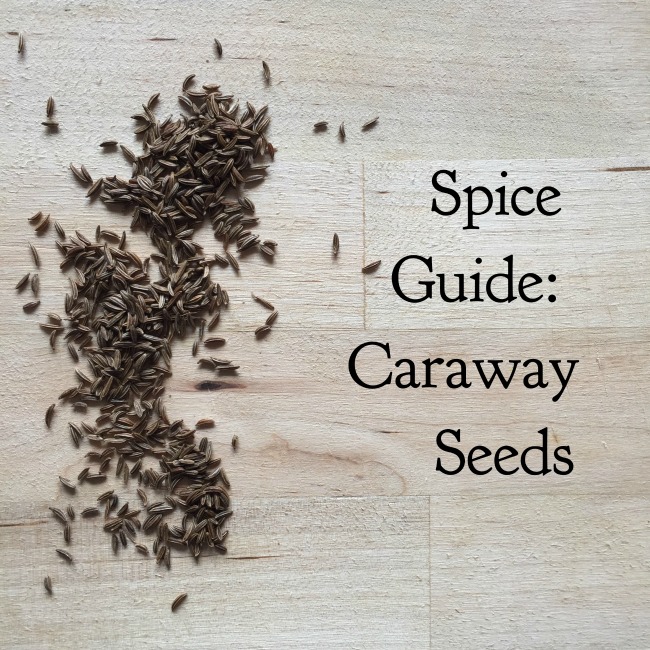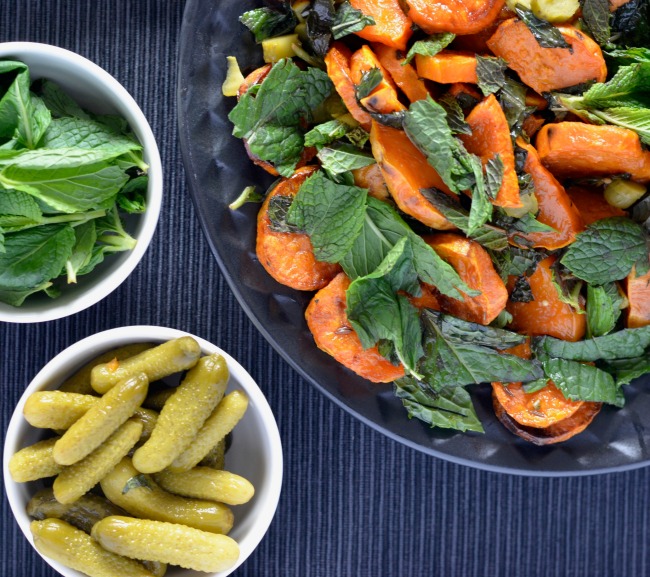It’s Spice Guide time again and this month I’m focussing on caraway seeds! How to use them, where they come from, what to pair them with and more! I’d love to hear about how you use them in your kitchen, and if you don’t already maybe this will help!

History of Caraway Seeds
Caraway is part of the Apiaceae family which includes carrot, coriander, fennel, dill and cumin. It is native to Central Europe and then spread across Europe, into the Mediterranean and then the Middle East.
Nowadays it is predominantly cultivated in Finland and the Netherlands, as well as Germany, Russia and Morocco.
Caraway’s Flavour Profile
Caraway has a complex, pungent flavour profile, at the same time it is sweet, musky, tangy and earthy. It is distinctive and can be rather strong, so most recipes call for a teaspoon or less.
They are highly aromatic, and have a slight anise flavour as well. They really are an interesting little seed!
Common Cuisines
Caraway seeds go best in European dishes, including German rye breads, sauerkraut, sausages and potato salads. It also often shows up in Serbian scones and cheeses, Middle Eastern puddings and harissa paste.
It pairs really well with vegetables like cabbage, carrots, broccoli, mushrooms, potatoes, onion and beetroot. You can also use it with nuts and apples, as well tomato based stews, soups and coleslaws. It also goes well with meats including pork belly, beef, seafood, poultry and sausages.
Caraway often shows up in desserts, liquors, flat breads, savoury scones and breads.
Common Spice Pairings
The best spices to pair caraway with include:
- coriander
- dill
- fennel
- garlic
- oregano
- parsley
- thyme
It really plays best with fellow European herbs and spices, and not so nicely with those from other continents!
Suggested Recipe
Caraway seeds are a shining flavour in the sweet potato & pickle salad I shared a little while back, so that would be a good place to start!






